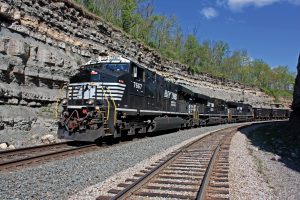Port of East St. Louis road and rail project breaks ground
Written by Jenifer Nunez, assistant editorIllinois Gov. Pat Quinn was joined by local and state officials August 14 to break ground on a new $7-million multimodal transportation project that will service the future Port of East St. Louis. The state-funded project will increase access, create jobs and establish utility service to the area.
“It’s all about location in the shipping industry and East St. Louis is ideally situated to ship and receive goods by truck, rail or river,” Gov. Quinn said. “The Port of East St. Louis will be a major economic driver for the Metro East region and I’m proud to get the ball rolling by constructing road and rail access to this facility.”
A $5-million investment from the Illinois Department of Commerce and Economic Opportunity (DCEO) Rivers Edge program will be combined with $1.25 million from the port’s developers to construct an on-site road, rail lines and utilities to service the port. This will prepare the site for development and when complete will allow full access to the site by truck, train and barge.
“This port will be an economic hub for East St. Louis,” DCEO Director Adam Pollet said. “Transportation is a vital asset in Illinois and this administration is committed to supporting it with investments that will create jobs and spending by the private sector.”
The Port of East St. Louis will be a 200-acre, multimodal facility that will link the Midwest to the world through waterway, highway and rail connections. The public-private partnership will be the single most important business development opportunity that the city has seen in the past 15 years. It is less than a mile from the Poplar Street River Bridge and will have open access to Class 1 railroads with maximum unit train capabilities. The port’s location within the St. Louis Harbor, which is a natural barge tow interchange, will allow it to maximize its multimodal capabilities without overloading one particular mode of transportation. It will ultimately include public docks, cargo cranes and manufacturing and warehouse facilities.





